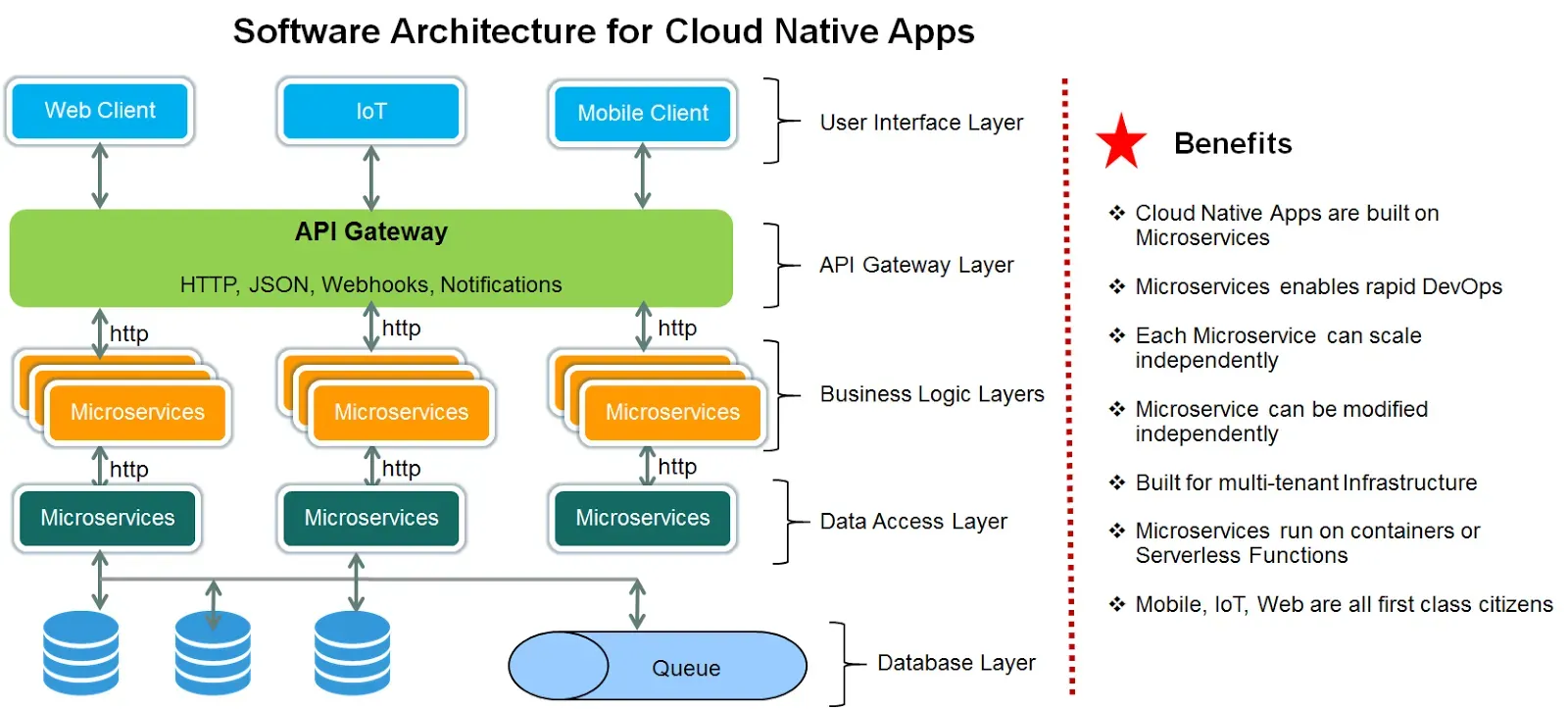Software architecture essentials underpin how modern software scales, remains reliable, and adapts to change. By studying software architecture patterns and scalable app design, teams learn repeatable structures that support growth. Avoiding architecture pitfalls early helps prevent costly refactors. Deciding between microservices vs monoliths is a core consideration in achieving balance. This intro sets the stage for practical patterns, governance, and observability to build robust, maintainable systems.
Viewed through a different lens, the core concerns center on how to structure systems for growth without sacrificing clarity or speed. Foundational design choices shape interactions, scalability, and resilience, and are best guided by recognizable patterns rather than ad hoc fixes. In practice, teams focus on clear service boundaries, observable architectures, modularity, and reliable deployment strategies—whether refining a large monolith or pursuing a cloud-native, service-oriented pattern.
Software architecture essentials for scalable app design
Software architecture essentials form the backbone of any successful software project, especially when the goal is scalability. Framing decisions around essential patterns, boundaries, and governance helps teams build systems that can grow in users, data, and features without sacrificing reliability or maintainability. By anchoring design in core architecture principles, teams can balance structure with agility and align technical choices with business goals.
In practice, this means embracing software architecture patterns that support modularity, testability, and evolvability. Layered (n-tier) architectures, API-first design, and event-driven approaches offer predictable boundaries and scalable communication. When teams study common architecture pitfalls—such as premature optimization, excessive coupling, or insufficient observability—they can design with guards that reduce risk and speed up delivery. The result is a scalable app design that remains adaptable as requirements shift.
To translate these essentials into practice, invest in observability, well-defined boundaries, and governance that guides evolution without stifling innovation. Document architectural decisions, encourage incremental changes, and validate scalability through testing and resilience exercises. When software architecture essentials are understood and applied, teams can deliver patterns like CQRS and event sourcing where appropriate, while staying mindful of potential trade-offs.
Microservices vs monoliths and other patterns: a practical view tied to scalable apps
Choosing among patterns—from microservices to a modular monolith—requires a clear view of team maturity, data needs, and deployment realities. This subheading explores how to apply the concept of microservices vs monoliths within a broader, pattern-aware framework that supports scalable app design. By focusing on boundaries, data ownership, and governance, teams can avoid common architecture pitfalls and select a path that aligns with organizational goals and technical capabilities.
A practical approach starts with identifying domain boundaries and service responsibilities, then deciding on data strategies, API schemas, and deployment practices. For some contexts, a modular monolith with well-defined boundaries can provide many benefits of microservices—without the operational complexity. For others, true microservices deliver faster independent deployments and fault isolation, provided that CI/CD, tracing, and service discovery are mature. Regardless of the path, emphasize observability, contract testing, and incremental change to minimize risk and support scalable app design.
Ultimately, the decision framework should balance team structure, domain complexity, and data consistency needs. Whether you lean toward microservices vs monoliths or a hybrid architecture, the guiding principles of software architecture patterns, clear boundaries, and robust governance remain essential. With careful planning and ongoing evaluation, teams can realize scalable systems that meet performance targets while remaining maintainable and resilient under load.
Frequently Asked Questions
What are the key elements of Software architecture essentials for a scalable app design, and how do software architecture patterns support this goal?
Software architecture essentials guide you to select repeatable patterns that address domain problems and quality attributes. Core patterns for scalable app design include layered (n-tier) architecture, API-first design, event-driven and asynchronous messaging, and data-centric approaches like CQRS and event sourcing. The right mix depends on requirements, deployment targets, and team capability, with emphasis on observability and governance to enable safe evolution.
How should teams approach the trade-offs between microservices and monoliths within Software architecture essentials, and what common architecture pitfalls should be avoided?
Avoid architecture pitfalls such as premature optimization, excessive coupling, and insufficient observability. Use the Software architecture essentials framework to evaluate: team boundaries, domain boundaries, data needs, and operational maturity. Start with a modular monolith or a small pilot of microservices, and invest in automation, testing, and monitoring to maintain a scalable design as requirements grow.
| Aspect | Key Points |
|---|---|
| Software architecture essentials |
|
| Layered (n-tier) architecture |
|
| Client‑Server and API‑first design |
|
| Event‑Driven and asynchronous patterns |
|
| Microservices vs. monoliths |
|
| SOA and modular design |
|
| Data‑centric patterns: CQRS and event sourcing |
|
| Common pitfalls to avoid |
|
| Practical guidelines for scalable architectures |
|
| Practical steps for teams |
|
| Monoliths vs microservices: decision framework |
|
| Evaluating architecture choices: how to measure success |
|



